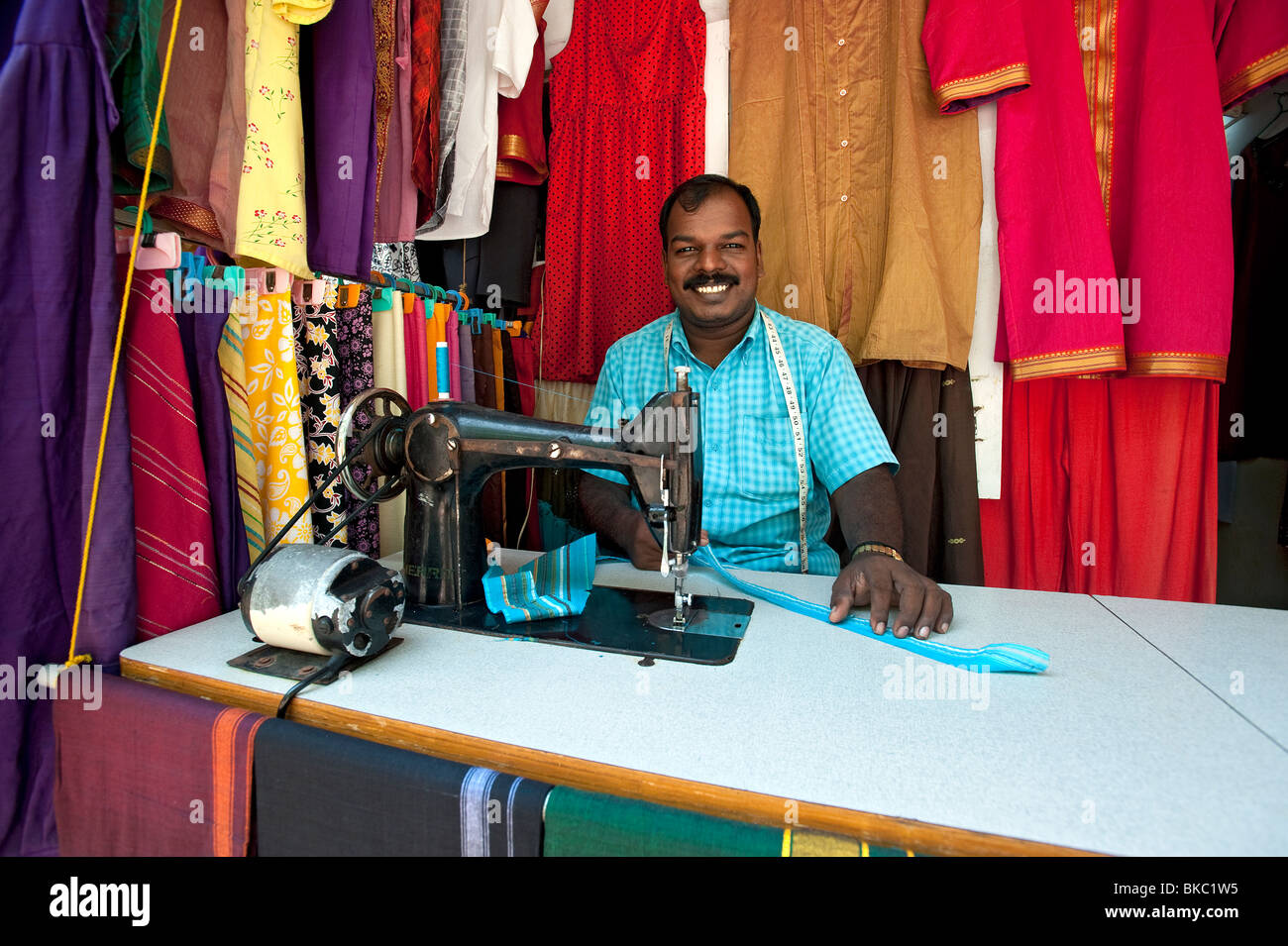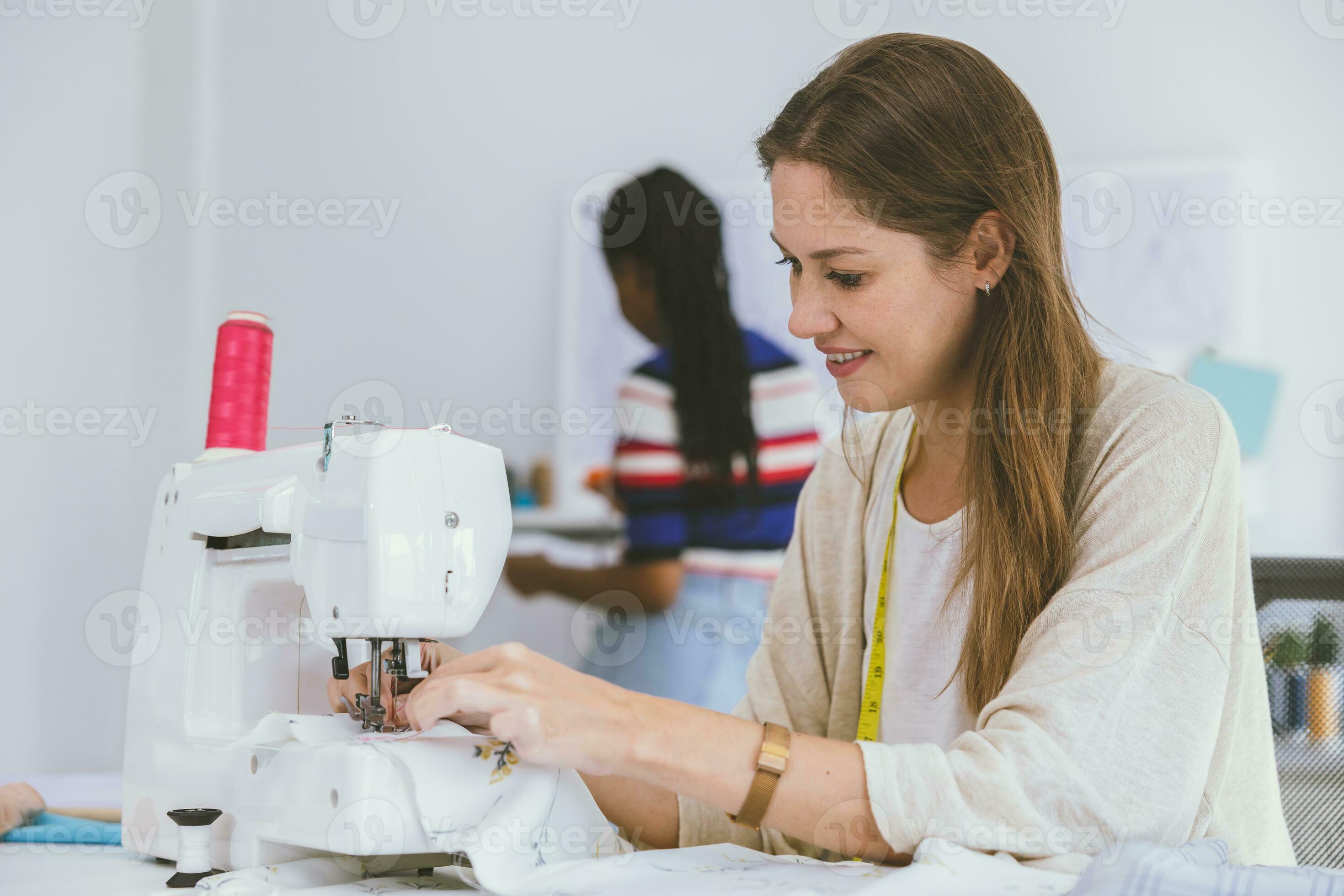Discover the most effective Tailor Perth: Costs Tailoring for Unique Design
Wiki Article
Comprehending the Tailoring Process: From Textile Option to Last Fitting for the Ideal Wardrobe
The customizing procedure is a complicated interaction of art and science, starting with the essential choice of fabric option and finishing in the accurate changes of final installations. Each fabric kind brings special top qualities that affect not just the aesthetic allure however also the garment's durability and viability for various celebrations.Importance of Fabric Choice
Picking the best material is crucial in the tailoring process, as it directly affects the convenience, longevity, and overall visual of the last garment (tailor perth). The selection of material establishes the structure for the garment's functionality, style, and performance. Various fabrics possess special residential properties, such as weight, stretch, and breathability, which can considerably impact just how the garment drapes and fits the bodyMoreover, fabric option affects the garment's long life and ease of care. High-grade materials can hold up against wear and tear, preserving their look and framework over time, while lower-quality products may cause pilling or fading. Additionally, the ideal material adds to the garment's ability to shift throughout occasions and seasons, therefore enhancing versatility.
A customized piece made from a suitable fabric not only showcases craftsmanship but also raises the user's self-confidence. Comprehending the subtleties of material choice is critical for any type of tailoring venture. It makes certain that the end product not only satisfies the aesthetic desires of the customer but additionally straightens with functional requirements, therefore accomplishing a harmonious balance between kind and function in the tailored wardrobe.
Kinds Of Fabrics and Their Usages
Recognizing the various sorts of materials available is crucial for making informed choices during the customizing process. Each material possesses unique features that dictate its viability for specific garments and events.Its versatility permits it to be tailored right into every little thing from t-shirts to gowns. Its natural elasticity aids garments preserve shape over time.
Silk emanates high-end and is light-weight, making it best for eveningwear and delicate shirts; nevertheless, it needs careful handling as a result of its fragility. Bed linen, with its textured surface, is a popular choice for warm climates, supplying a airy and crisp feel, however it wrinkles quickly, which may influence the garment's look.
Synthetic materials, such as polyester and nylon, offer durability and resistance to wrinkles, making them suitable for everyday wear and active clothes. Recognizing these textile types and their residential or commercial properties permits for far better decision-making, making certain that each tailored item not just fits well yet also aligns with the intended objective and celebration.
The Tailoring Strategies Explained
The art of customizing counts on a range of methods that transform fabric right into well-fitted garments. Central to this procedure is pattern preparing, where a dressmaker produces design templates based on the customer's dimensions and preferred style. This preliminary step makes sure that the garment will fit the wearer correctly before any type of cutting happens.As soon as patterns are established, cutting techniques enter into play. Accuracy is paramount as errors can bring about misfitting garments. Tailors usually make use of different reducing techniques, such as single-layer cutting for detailed layouts and multiple-layer reducing for efficiency on basic patterns.
Basting is another important strategy, enabling tailors to briefly stitch fabric pieces together for an initial installation. This approach uses the chance to assess the drape and total shape prior to final stitching.
Seaming techniques, including flat-felled joints and French joints, enhance the garment's resilience and visual charm. Tailors likewise employ techniques such as interfacing and cushioning to offer framework and shape to details areas, like collars and shoulders.
Lastly, ending up methods, including hemming and side ending up, make certain the garment's long life while giving a refined look. Together, these strategies create the backbone of efficient customizing, resulting in elegant, custom-fit clothing.
Suitable Changes and Considerations

Key factors to consider include the shoulder fit, which needs to neither sag nor limit movement, and the sleeve size, which must permit comfortable arm movement while keeping a polished appearance. In addition, adjustments at the midsection can fine-tune the shape, with alternatives to allow out or absorb material as required.
The rise of trousers is another essential aspect; it ought to sit comfortably over the hips without triggering pain, permitting convenience of motion. Hemming sizes for both trousers and skirts must mirror the wearer's preferred design while valuing proportions.

Maintaining Your Tailored Clothing
Proper maintenance of tailored garments is necessary to preserving their fit and look with time. To guarantee durability, normal cleaning is extremely important. Constantly follow the treatment label instructions, which imp source may advise dry cleansing for fragile textiles or maker washing for more sturdy materials. Prevent frequent laundering, as this can wear down the textile and change the garment's form.Storage space is just as vital; usage padded hangers for coats and coats to keep shoulder structure, and store trousers folded up neatly or hung to avoid creasing. Safeguard garments from straight sunshine, which can fade colors and damage fibers.
Additionally, routine evaluations for minor fixings can stop larger concerns. Check for loosened buttons, tearing joints, or indicators of moth damages, attending to these problems without delay to keep the garment's stability.
Finally, take into consideration seasonal turning. Putting on customized items in small amounts permits fabrics to recuperate, extending their life expectancy. By applying these upkeep strategies, you can ensure that your tailored garments stay as pristine as the day you initially used them, improving your optimal wardrobe for several years to come.
Verdict
The tailoring procedure, including textile choice, experienced techniques, and exact fitting changes, plays a critical duty in producing garments that enhance both convenience and design. Each phase adds to the total efficiency of the end product, guaranteeing that clothing not just fits well however likewise mirrors private why not check here identity. Additionally, comprehending the relevance of upkeep prolongs the life of customized garments, strengthening their worth in a well-curated wardrobe. A detailed strategy to customizing finishes in a refined and positive appearance.Picking the best material is critical in the tailoring procedure, as it directly affects the comfort, resilience, and total visual of the final garment. The choice of textile establishes the structure for the garment's capability, design, and performance. Different materials have special residential properties, such as breathability, weight, and stretch, which can considerably affect just how the garment drapes and fits the body.
The art of tailoring relies on a selection of methods that transform textile into well-fitted garments.The tailoring procedure, including fabric option, knowledgeable methods, and accurate fitting changes, plays a critical function in creating garments that boost both comfort and style.
Report this wiki page